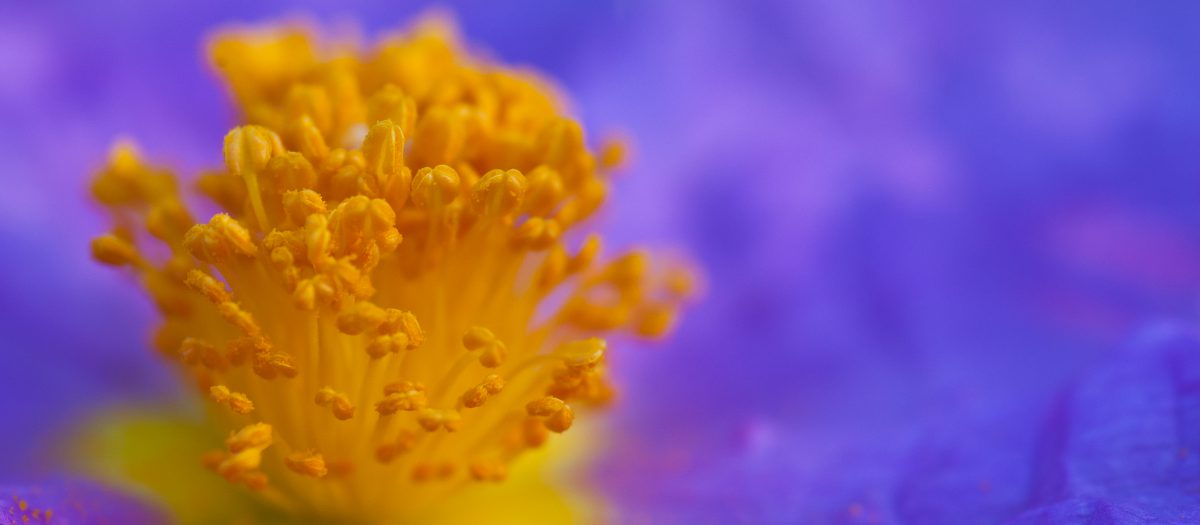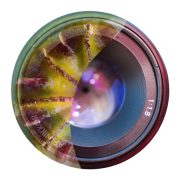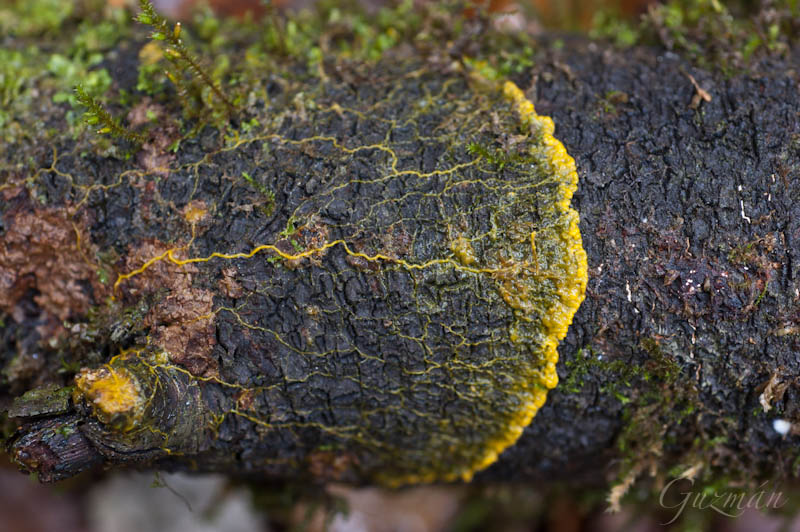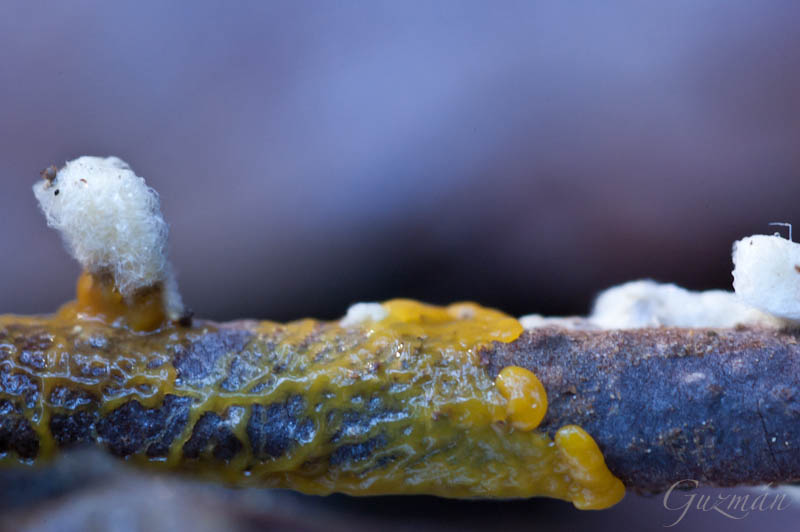Los personajes: – Myxomycota – por determinar (Fuligo septica?)
Los datos: primera imagen 1/6 s, f 5, 6o mm macro, ISO 400; centro 1/5 s, f 18, 60 mm macro, ISO 800; última imagen 1/5 s, f 14, 60 mm macro + anillo de extensión, ISO 1600.
Characters: – Myxomycota – to be determined (Fuligo septica?)
Data: first image 1/6 s, f 5, 6o mm macro, ISO 400, center 1/5 s, f 18, 60 mm macro, ISO 800, last image 1/5 s, f 14, 60 mm macro + extension ring, ISO 1600.
Image: The myxomycetes are not actually fungi, are classified in the kingdom of protista and assimilative phase looks like amoebas (are not rigid wall and feeds by phagocytosis). When food (usually bacteria or fungi) has been swallowed, it surrounds a digestive vacuole which secrete digestive enzymes. From spores germinate, producing mixamebas or flagellated cells. These may merge generating a diploid zygote uninuclear amoeboid, which will grow and move through the environment around him, until conditions are unfavorable, this is when build known fruiting bodies, that rise from the substrate and produce spores, which takes the wind.
In the pictures you can see the mixomicete plasmodium initially, crawling under favorable conditions on the branch of a fallen tree. The conditions are right, there is food and humidity and not too cold (it is mid-December), after twenty days, generating mixomicete is the fruiting body, conditions have changed, there is less humidity, has begun to appear frost. I hope to show you the advanced stages of their life cycle.





